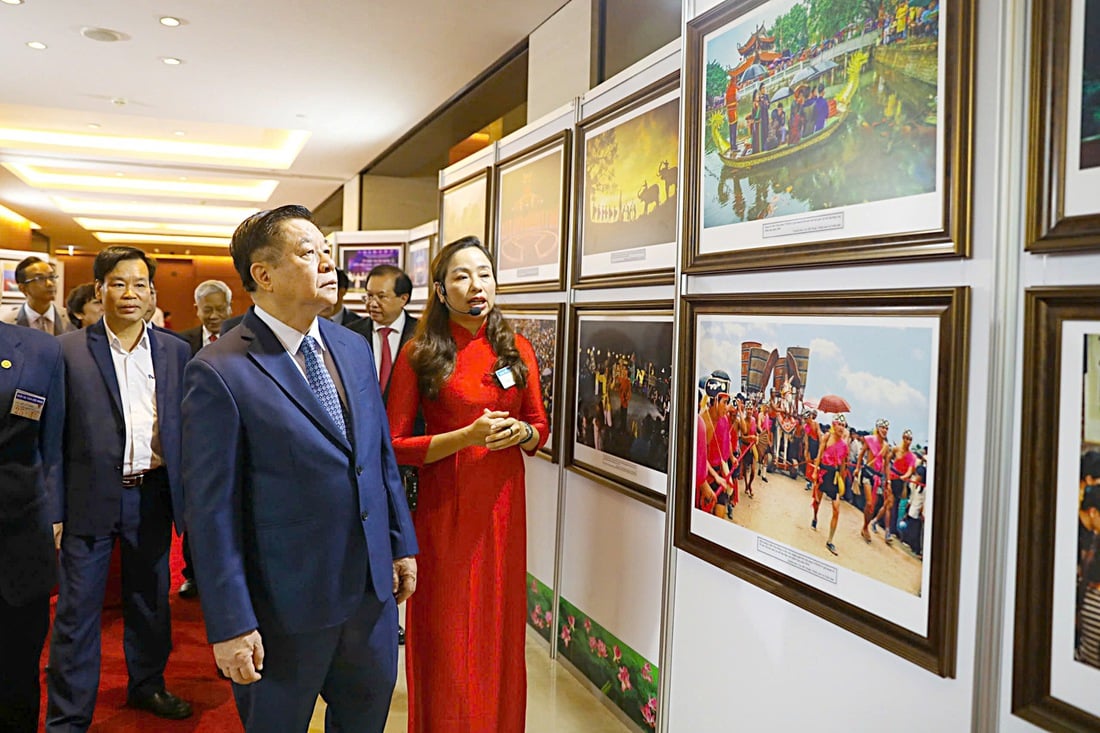
Head of the Central Propaganda and Mass Mobilization Commission Nguyen Trong Nghia and delegates visit the exhibition of typical literary and artistic works - Photo: DANH KHANG
The national conference summarizing 50 years of Vietnamese literature and art after the country's reunification (April 30, 1975 - April 30, 2025) was organized by the Central Propaganda and Education Commission in coordination with many agencies in Hanoi on April 25 with the participation of about 500 artists, researchers, and managers.
The great achievements of Vietnamese literature and art in the 50 years after the country's reunification were focused on by delegates for evaluation and analysis.
Many delegates talked about the achievements of innovation in literature and art, especially the success in innovation in thinking about managing literature and art, helping to re-evaluate many hidden values, heal people's hearts, and harmonize the nation.
From "single horizon" to "multi-horizon"
One of the achievements of Vietnamese literature and art in the 50 years of national reunification that many delegates mentioned is the strong innovation of literature and art along with the movement of society.
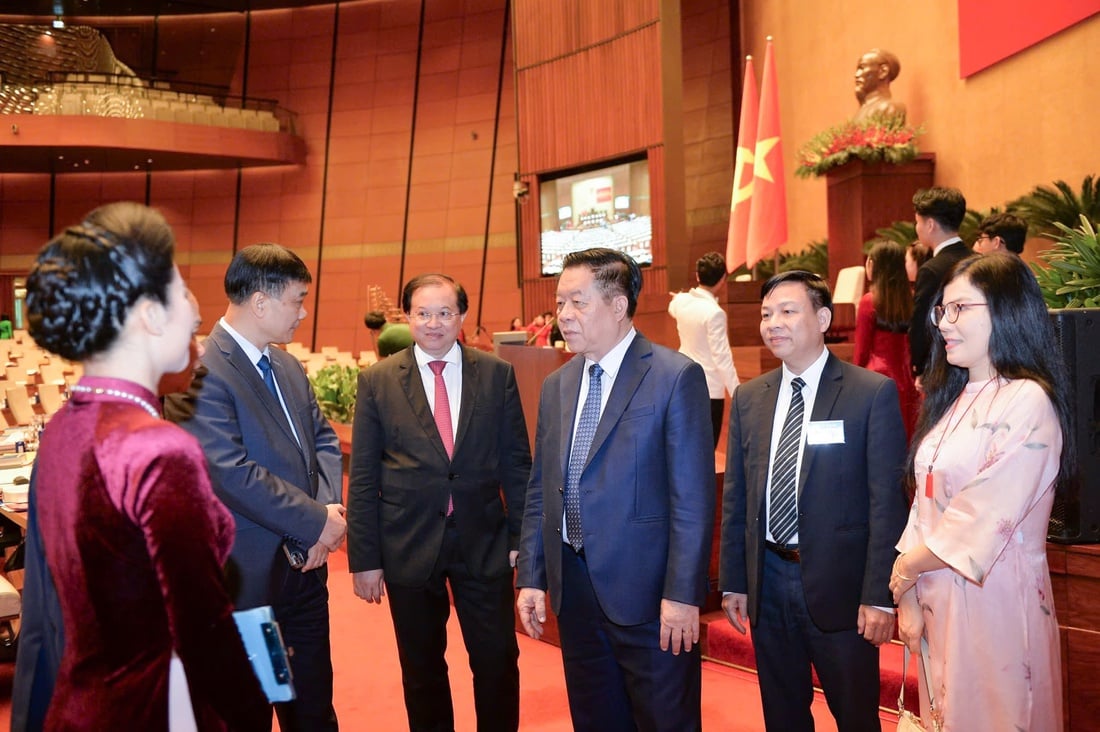
Head of the Central Propaganda and Mass Mobilization Commission Nguyen Trong Nghia interacted with artists on the sidelines of the conference - Photo: DANH KHANG
Dr. Nguyen Tien Thu - Deputy Director of the Institute of Culture and Development, Ho Chi Minh National Academy of Politics - analyzed that before the renovation, literature and art were strictly controlled in terms of content and form, mainly focusing on the themes of revolution, resistance, labor and socialist construction.
After the renovation, the operation of the market economy helps artists have more creative space, reflecting social reality in a more multidimensional and authentic way.
Many works are no longer limited to political ideology but expand to social themes, personal life, human condition and globalization issues.
Writers such as Nguyen Manh Tuan, Nguyen Huy Thiep, Bao Ninh, Duong Huong... appeared with works full of critical content, expressing multi-dimensional views on war and post-war life.
In addition, art has also developed in a diversified direction. Fine arts, cinema, music, and theater have expanded their themes and styles of expression. Artists have more choices in expressing their creative ideas.
Associate Professor Dr. Nguyen Dang Diep - former director of the Institute of Literature - shared that after 1975, especially after the renovation, along with the movements of history, literature had a turning point change, shifting from wartime aesthetics to peacetime aesthetics, from a "one-sided" horizon to a "multi-sided" horizon.
If in wartime literature, writers focused on describing the fate of the nation from an epic perspective and romantic inspiration, then in peacetime literature, describing the fate of individuals from a worldly perspective - private life and humanistic inspiration plays a prominent role.
Since the 1980s, a series of short stories with thematic content by Nguyen Minh Chau such as Ben que, Nguoi da troi toi toan toan, Chiec thuyen ngoai xa are essentially the reflective attitudes of writers about their responsibility in describing reality.
Post-war poetry also authentically expressed the "confused" states of a time - from Nguyen Duy, Huu Thinh to Nguyen Trong Tao, Thanh Thao, Nguyen Quang Thieu. In the field of theater, Luu Quang Vu especially shined with plays rich in topicality and dialogic spirit such as Ong Khong La Bo Toi, Benh Si...
Following the first writers who innovated on the traditional foundation were Nguyen Minh Chau, Nguyen Khai, Ma Van Khang; there were the presence of many talented writers such as Nguyen Huy Thiep, Bao Ninh, Ta Duy Anh, Ho Anh Thai, Le Minh Khue... in prose;
Duong Kieu Minh, Nguyen Luong Ngoc, Nguyen Quang Thieu... in poetry, with a tendency to break the mold and be thoroughly "aggressive".
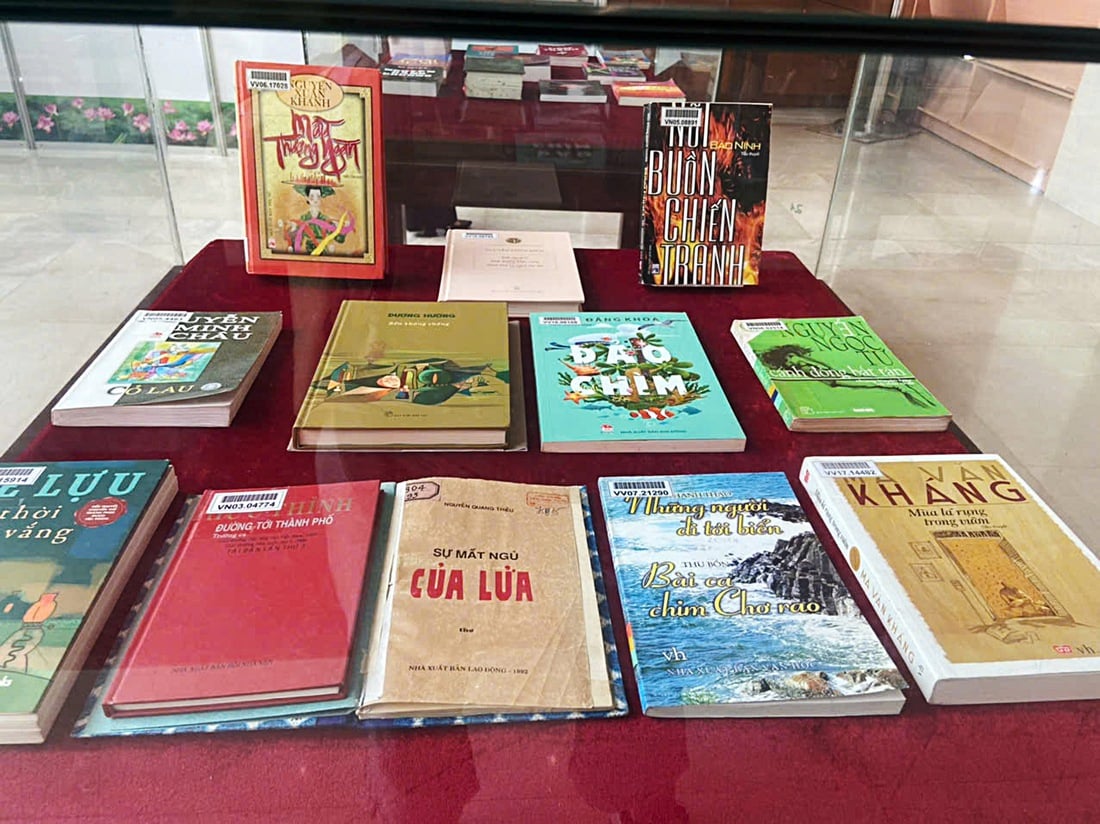
Some typical literary works in 50 years of national reunification were displayed at the conference - Photo: T.DIEU
Vietnamese people from all over the world come closer together
Dr. Doan Anh Duong (Institute of Literature) pointed out the fact that thanks to the Internet, Vietnamese literature and literature of Vietnamese people at home and abroad are connected.
Since the early years of the 21st century, Vietnamese intellectuals and artists have established websites, many of which are specialized in culture and arts.
This opens up opportunities for intellectual artists and general readers in the country to not only have more information and understanding about the literary and artistic life of Vietnamese people abroad, but also to have more sympathy and sharing with intellectual artists and Vietnamese readers abroad - those who have been making efforts for the past decades to preserve and create in the Vietnamese language, enriching the Vietnamese language and the love for the Vietnamese language.
At the same time, Vietnamese artists and intellectuals living abroad also introduce Vietnamese literature to the overseas Vietnamese community, through literature to help them understand their homeland after years of separation. These cultural and literary exchanges have helped the Vietnamese community around the world to become closer together.
Poet Nguyen Quang Thieu, chairman of the Vietnam Writers Association, also acknowledged the great achievements of Vietnamese literature and art over the past 50 years.
It is to reaffirm many values, resolve grudges to rebuild the nation's culture together after the destruction caused by war.
First, after April 30, 1975, the geographical map of Vietnamese literature was greatly expanded to include writers from the North, patriotic writers from the South, writers from the old regime, and Vietnamese writers living overseas.
All have merged into a common flow. Although there are differences, those flows have gradually merged together, to create after 50 years a complete portrait and map of Vietnamese literature as we have today.
During the renovation period, distinct voices in Vietnamese literature and art were recognized, making literature and art richer than ever.
In particular, the Party's new policies have caused many literary values, literary works, and writers that had to be temporarily hidden during the war to be exposed, recognized, and honored after the renovation.
Even works that were once considered sensitive have now been brought to the public. Many authors who were once thought to be forgotten have later been awarded the Ho Chi Minh Prize and the State Prize, such as Van Cao, Tran Dan, Le Dat, Hoang Cam...
Overseas writers also began to return and appear in Vietnam’s literary and artistic life. Musicians, painters, and artists were allowed to return, participate in cultural activities in the country, and were re-evaluated and honored.
According to Mr. Thieu, talking about literary achievements in the 50 years of national reunification, we must talk about achievements in policy and strategy, in the Party's perspective on literature and art.
Speaking at the conference, Mr. Nguyen Trong Nghia acknowledged that over the past 50 years, literature and art have remained a voice of gratitude and praise for the patriotic and revolutionary traditions of our army and people.
At the same time, it is also the voice of national harmony, contributing to healing and soothing the pain and loss of war; creating new momentum and new strength for the nation.
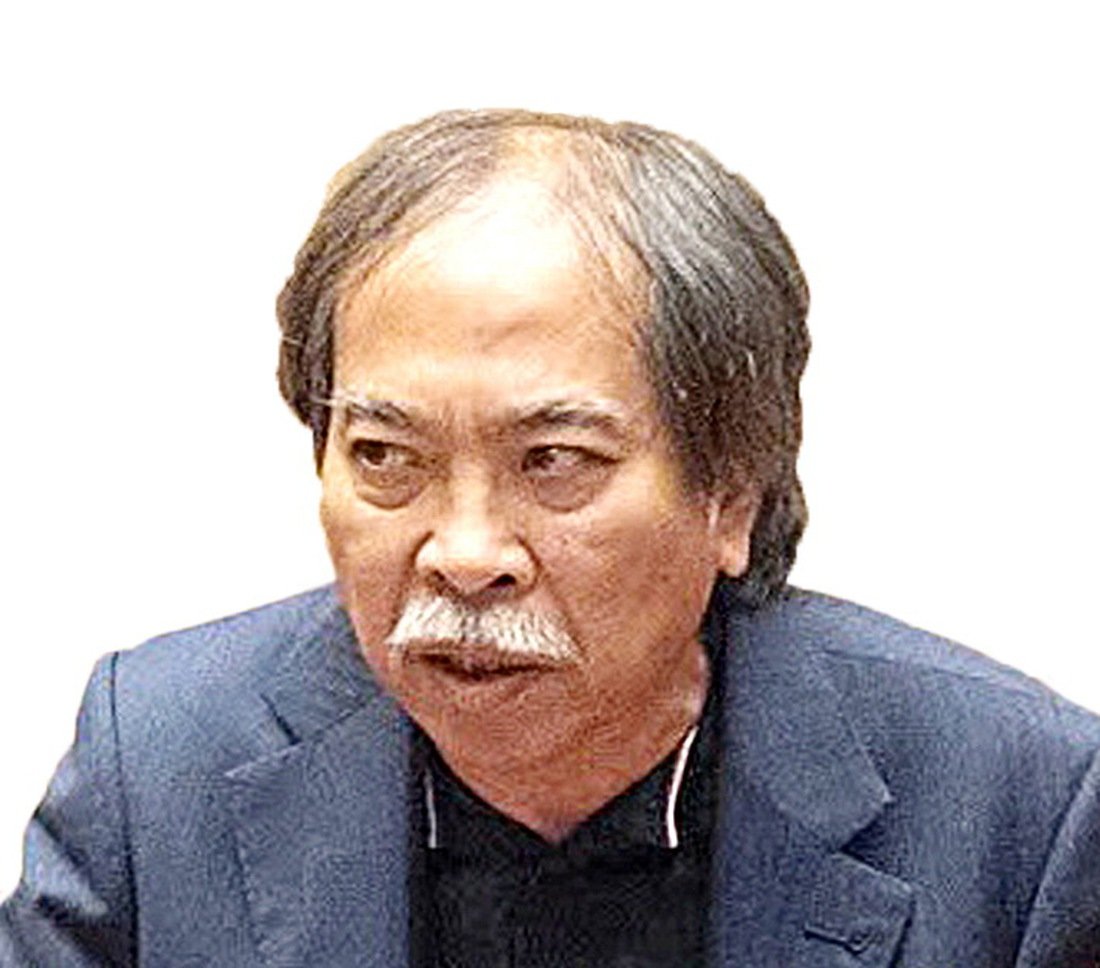
Mr. Nguyen Quang Thieu speaks at the conference - Photo: DANH KHANG
I still remember in 1976, the elders of my village invited the elders who had escaped to the village to meet in the communal house. I was lucky to attend.
The meeting was held to call on villagers from all over to join hands in rebuilding the village gate that was destroyed during the war.
On the village gate, four words are engraved: "Look at the words to know when coming in and out."
I think that after the war, what the Vietnamese people wanted to build was to rebuild their long-standing culture. Over the past 50 years, the Party and the State, with increasingly progressive management policies, have worked with the Vietnamese people to rebuild the nation's culture.
Chairman of Vietnam Writers Association Nguyen Quang Thieu
Respect and ensure freedom of creativity
Head of the Central Propaganda and Mass Mobilization Commission Nguyen Trong Nghia outlined a number of tasks and solutions to continue promoting the role of literature and art.
First, it is necessary to focus on improving the Party's leadership capacity, associated with strong innovation in thinking and appropriate and effective leadership methods to create directions and space for the development of literature and art.
It is necessary to focus on the specificity of literature and art, respect and ensure the freedom of creation, and strongly arouse and promote the desire to contribute and the creative capacity of artists.
We must step up the institutionalization of the Party's policies, viewpoints, tasks and solutions on literature and art. We must review, build and continue to perfect the legal system that is lacking in the fields of literature and art. Outdated, inadequate and inappropriate regulations, regimes and policies must be resolutely eliminated.
Early application of public-private partnership in cinema
At the conference, Dr. Ngo Phuong Lan - former Director of the Cinema Department, President of the Vietnam Cinema Promotion and Development Association - mentioned the success of the film Tunnels as a vivid example of the literary and artistic achievements of the past 50 years. She also said that the film should have been produced earlier, with State funding.
In 2017, when she was still the director of the Department of Cinema, director Bui Thac Chuyen completed the paperwork to produce the film under a state order.
However, that year the budget approved for the film's production was 28 billion VND, not enough to make the film. The director wanted to propose a public-private partnership, calling for private investors to contribute capital, but this form of investment has not been applied to date. Finally, the film was completed and was very successful thanks to the 100% private capital.
Associate Professor Dr. Do Lenh Hung Tu - Chairman of the Vietnam Cinema Association - presented current solutions for cinema development, including the proposal to soon apply the investment form under the public-private partnership method in the production and dissemination of films to promptly supplement resources for cinema.
Source: https://tuoitre.vn/van-hoc-nghe-thuat-gop-tieng-noi-hoa-hop-dan-toc-20250426094201363.htm


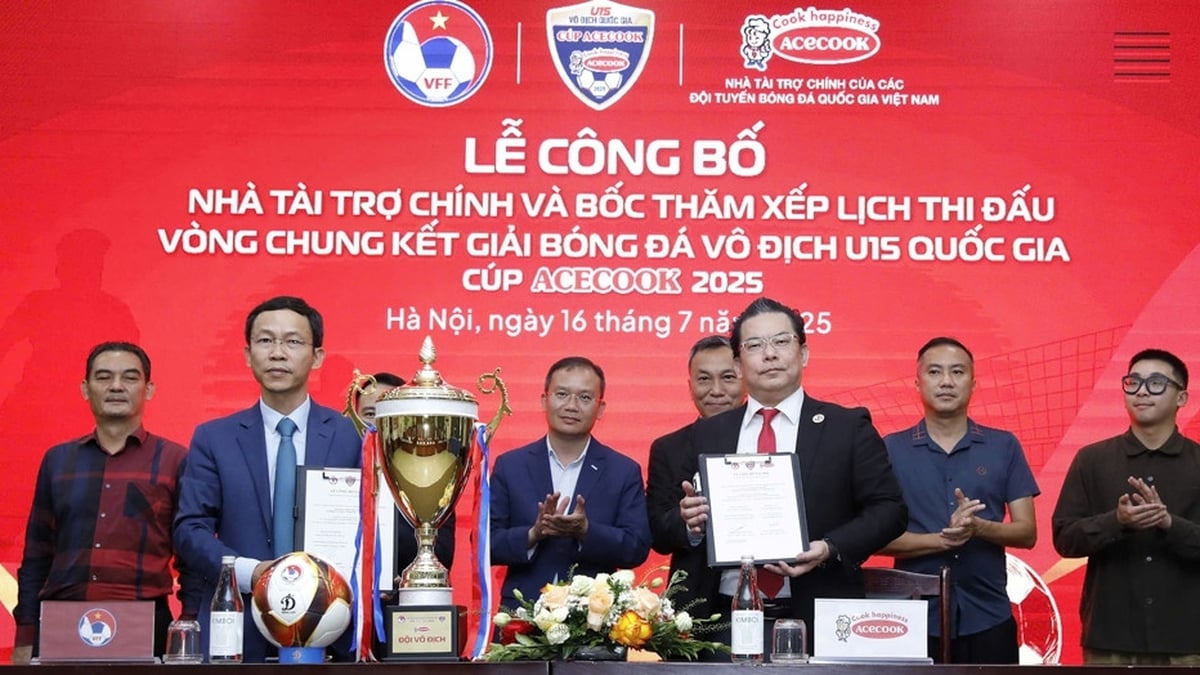
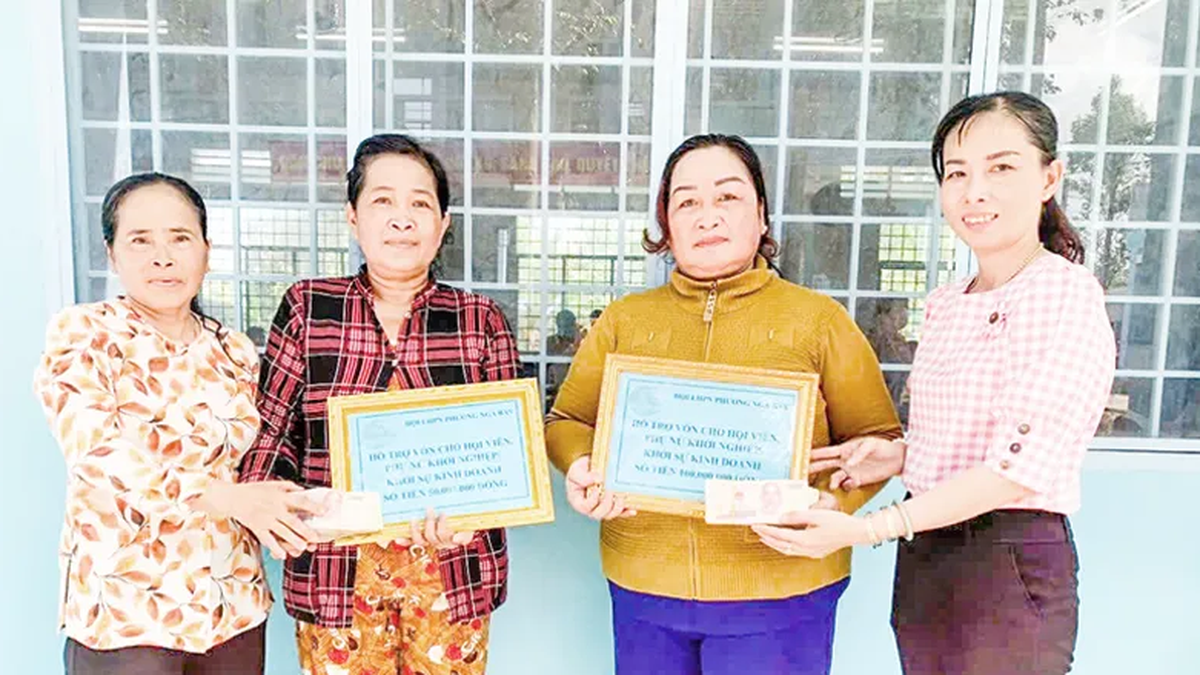
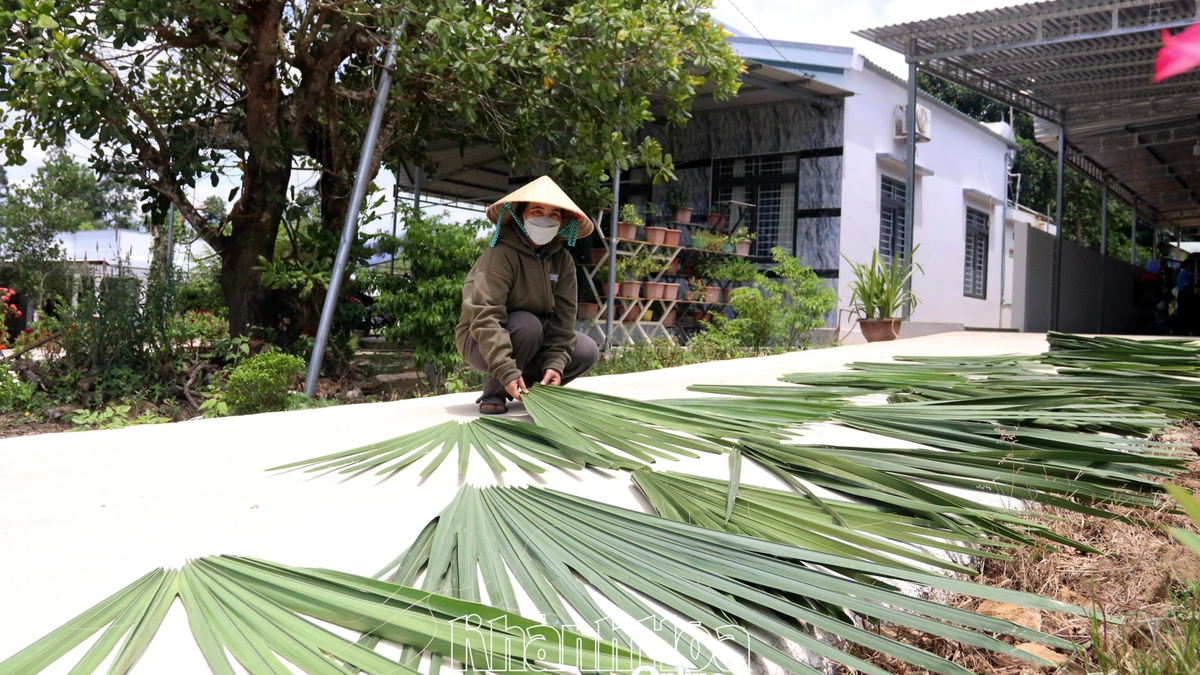
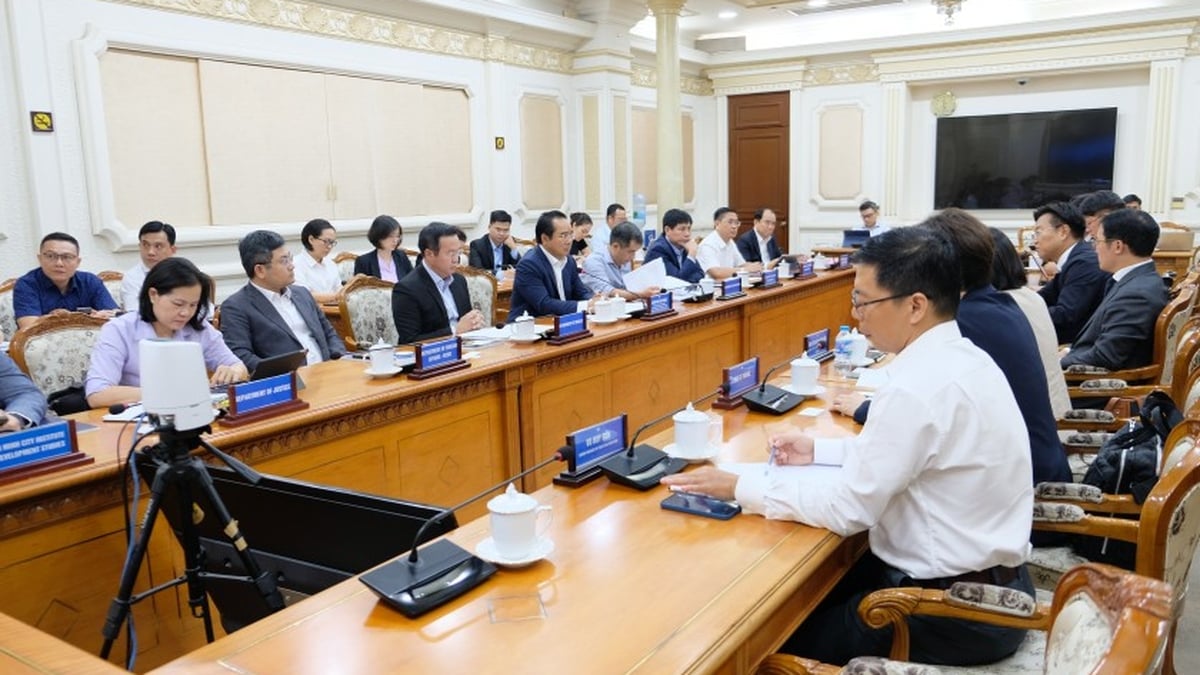
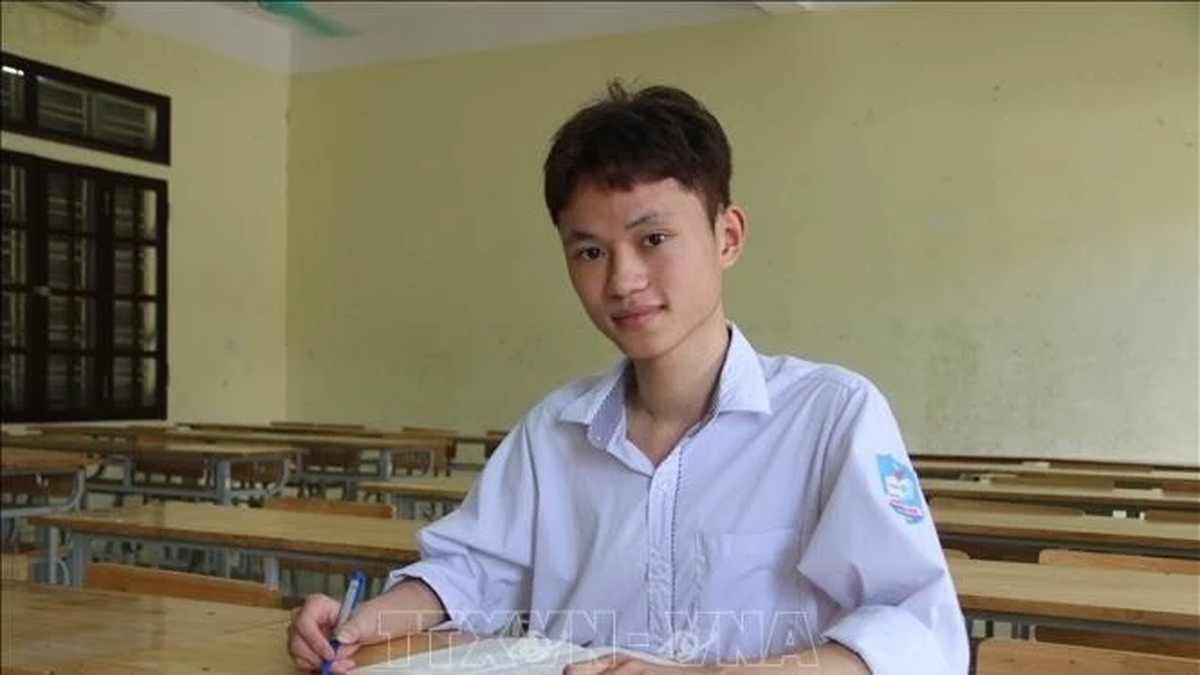
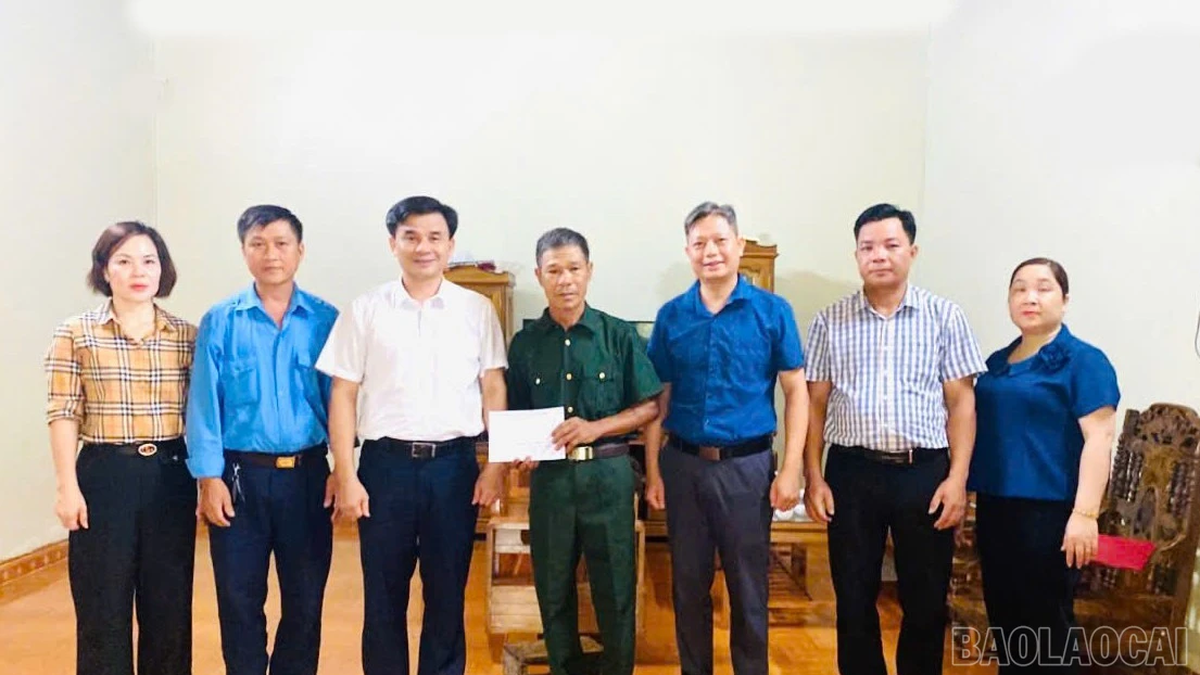
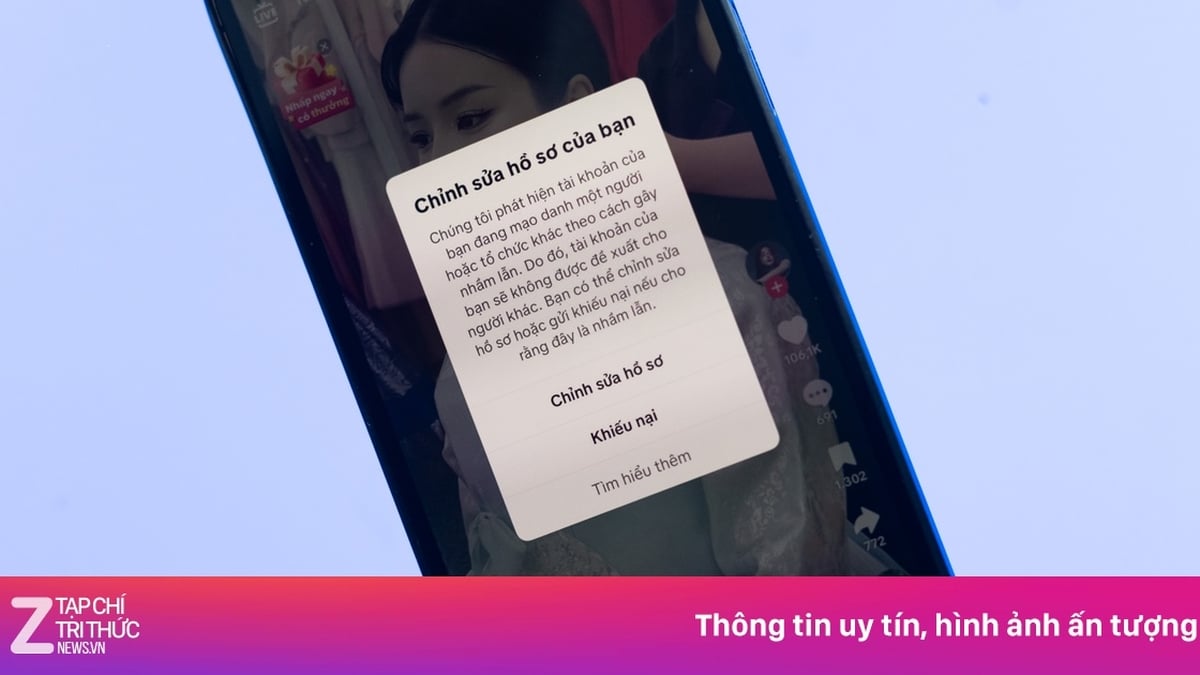
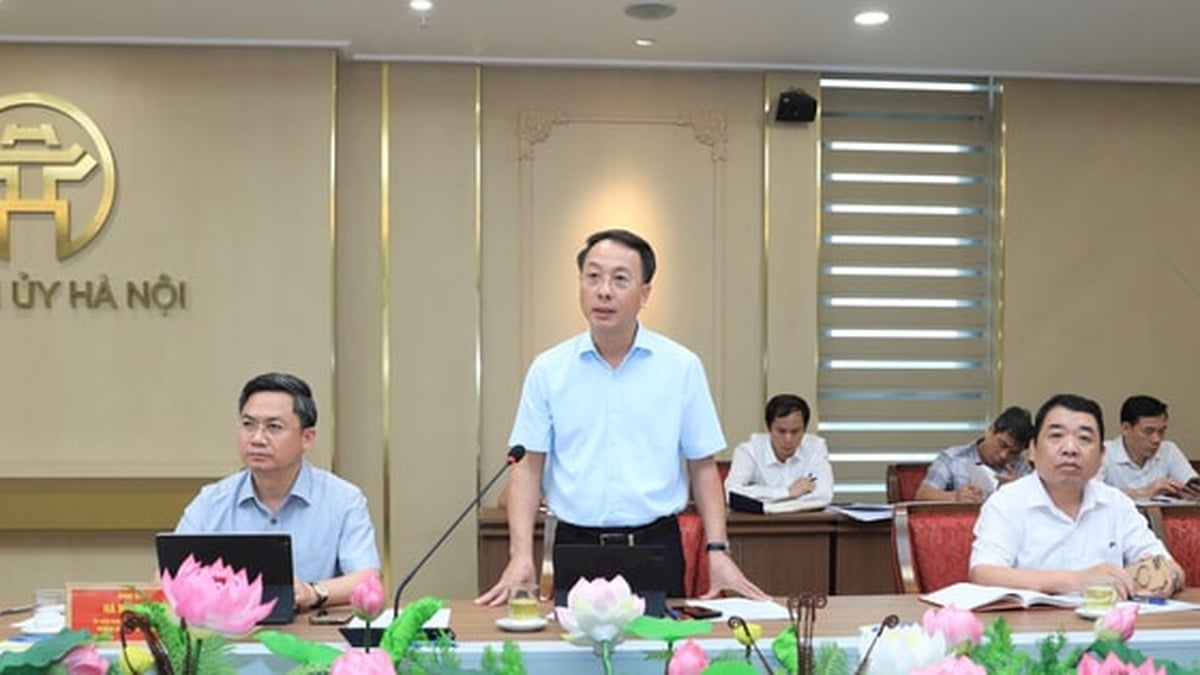
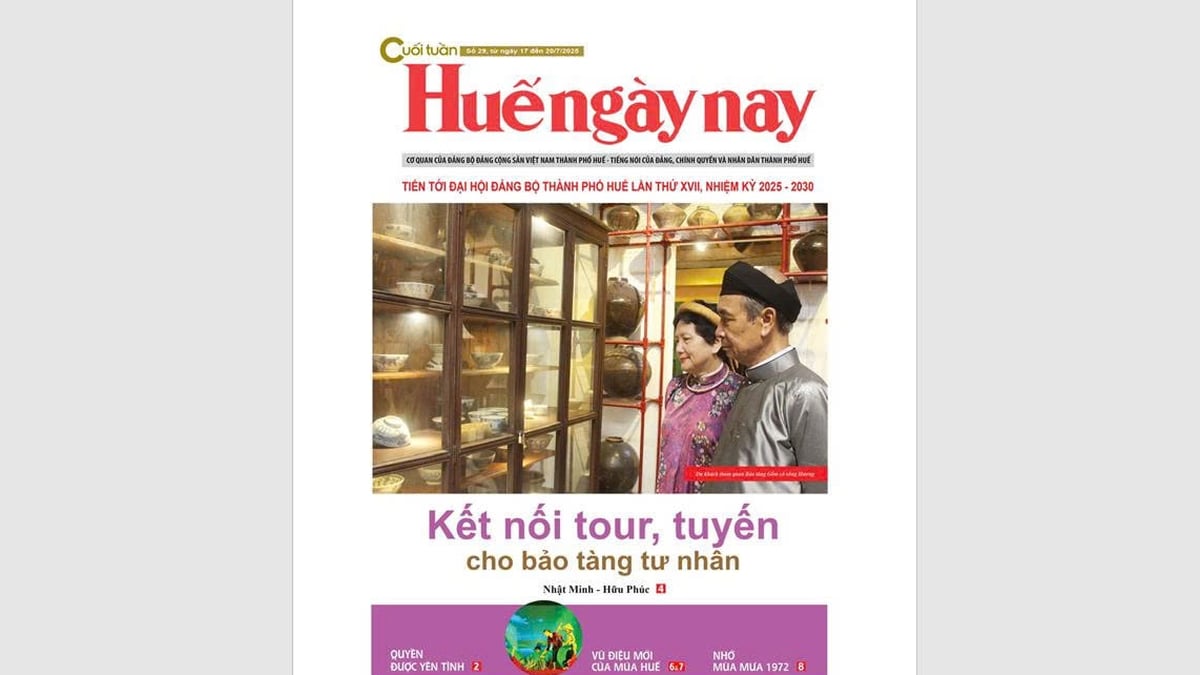
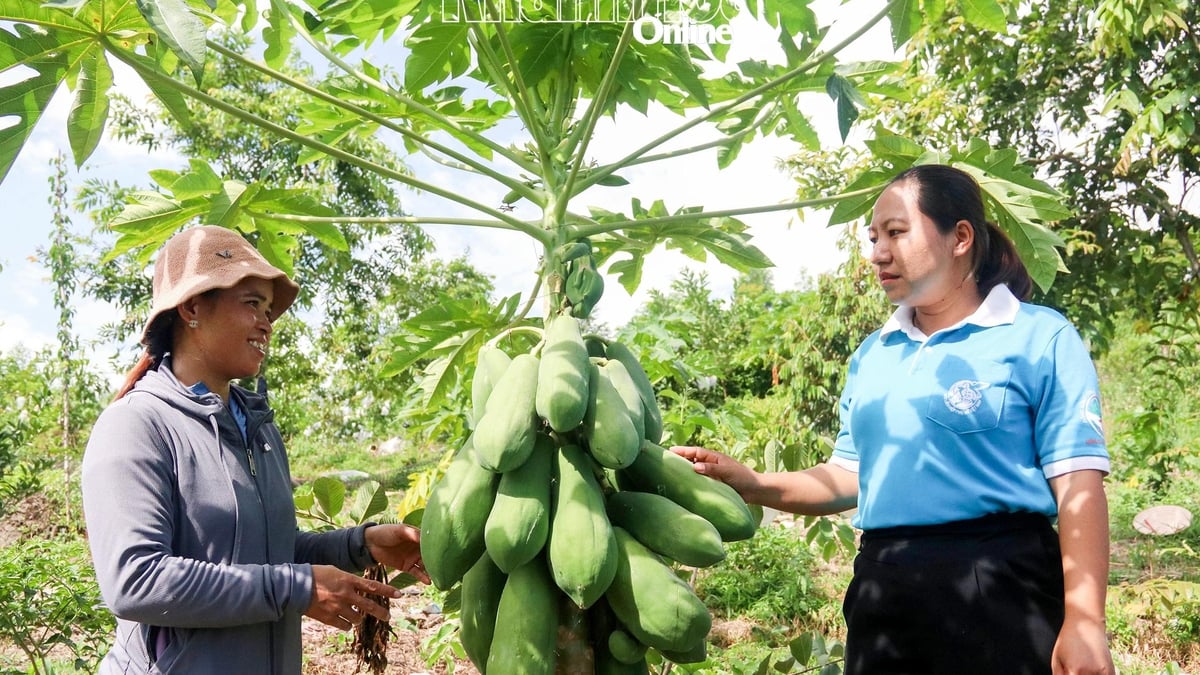







































![[Maritime News] More than 80% of global container shipping capacity is in the hands of MSC and major shipping alliances](https://vphoto.vietnam.vn/thumb/402x226/vietnam/resource/IMAGE/2025/7/16/6b4d586c984b4cbf8c5680352b9eaeb0)













































Comment (0)